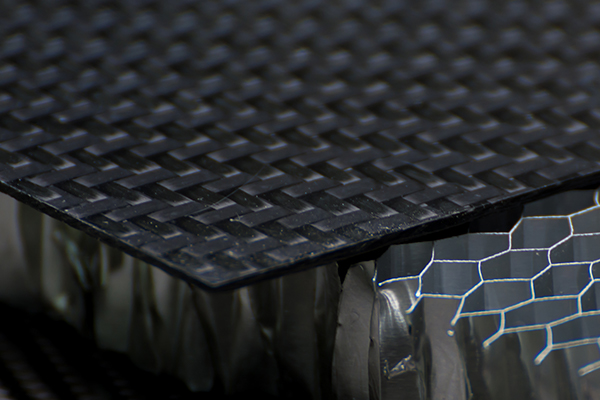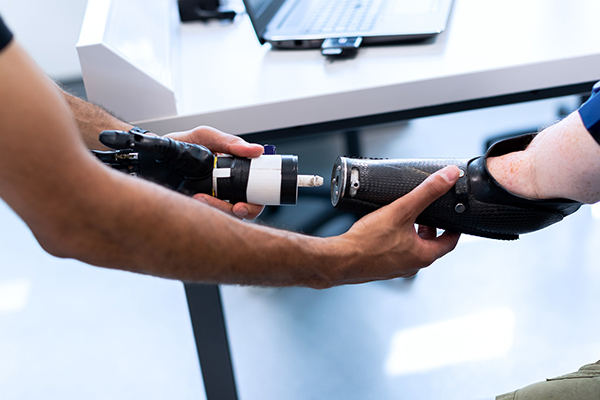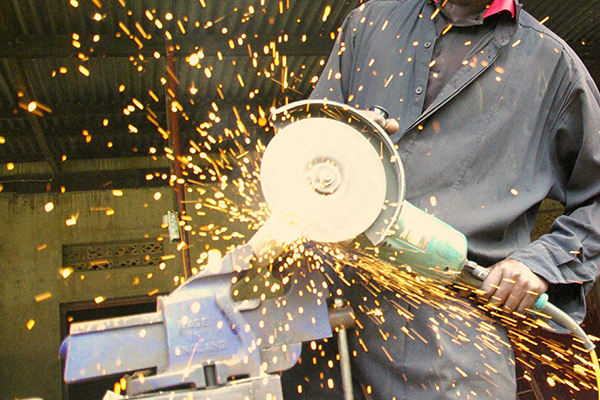
Avoid being ignorant of the technological advancements and facts related to the types of composites. Knowing how composites are made and what they are used for will help your understanding and appreciation of their presence in your daily life.
iccm20.org gathered essential information about the four composite types, their composition, strengths, and use in today’s modern society.
What are Composites
Composites are a calculated combination of individual components. Composites are materials made by combining two or more natural or artificial elements (that contribute different but superior physical or chemical properties to the final product). In this process, the component materials don’t completely blend or lose their individual identities.
These materials combine and contribute their most useful traits to improve and strengthen the final product. Composites are typically designed with a particular use in mind, like increased flexibility, efficiency, or durability.
What are Composites Used for
Composite materials combine the best qualities that traditional materials can only singularly contribute. More often than not, the two components making up a composite include a high-performance fiber reinforcement (carbon or glass) and a matrix (polymer, metal, ceramic, or carbon). The matrix binds the reinforcement together, merging the desired benefits of both original materials.
Design processes and end products across multiple industries (construction, technology, aerospace, etc.) are being vastly improved by composites. These improvements can be found in everything from kitchen appliances to renewable energy. With the passage of time, composite materials continue to replace traditional materials everywhere, like steel and aluminum.
As composite manufacturing costs lower and design flexibility and ingenuity increase, reinforced composites like carbon fiber and fiberglass permit new design opportunities for engineers across multiple disciplines.
The Four Composite Types
Composites are typically categorized by the material type used for the matrix. The four primary composite categories are polymer matrix composites (PMCs), metal matrix composites (MMCs), ceramic matrix composites (CMCs), and carbon matrix composites (CAMCs).
Polymer Matrix Composites (PMCs)

Polymer composites are a combination of polymers (i.e., thermosets or thermoplastics) with various continuous and noncontinuous reinforcements/fillers, principally added to polymers to improve the material performance. Polymer composites are increasingly being used in multiple engineering fields.
Properties – High tensile strength, high stiffness, high fracture toughness, good abrasion resistance, good puncture resistance, good corrosion resistance, and low cost.
Applications – Polymer matrix composites are used as vital components in a range of medical devices, like MRI scanners, C scanners, X-ray devices, mammography plates, tables, surgical target tools, and prosthetics. PMC applications also include the automotive, aircraft, and aerospace industries (structural parts for military aircraft, space shuttles, and satellite systems).
Metal Matrix Composites (MMCs)

A metal matrix composite is a composite material with fibers or particles dispersed in a metallic matrix, like copper, aluminum, or steel. The composite’s secondary component is typically a ceramic or other metal.
Properties – Metal matrix composites possess a low density, high strength-to-weight ratio, high-temperature strength retention, and excellent creep, fatigue, and wear resistance.
Applications – Metal matrix composites are utilized in an expanding range of applications in transportation, cutting tools/machinery, consumer electronics, defense, space, aerospace, marine, and packaging industries.
Ceramic Matrix Composites (CMCs)

Ceramic matrix composites are a subgroup of composite materials and a subgroup of ceramics. CMCs consist of ceramic fibers embedded in a ceramic matrix. The fibers and the matrix can consist of any ceramic material, in which carbon and carbon fibers can also be regarded as ceramic material.
Properties – CMCs possess high thermal shock and creep resistance, high-temperature resistance, excellent resistance to corrosion and wear, inertness to aggressive chemicals, and high tensile and compressive strength; thus, CMCs do not suffer from sudden structural failure when compared to conventional ceramics.
Applications – Ceramic matrix composites are used in aerospace (gas turbines, structural re-entry thermal protection) and energy (heat exchangers, fusion reactor walls).
Carbon Matrix Composites (CAMCs)

CAMCs are composite materials composed of carbon fibers and matrix phases (like coke, sintered carbon, and graphite) and possess the characteristics of low density, high mechanical strength, high thermostability, high electrical conductivity, and high thermal conductivity, etc.
Properties – CAMCs exhibit such properties as stable mechanical properties to temperatures approaching 3000°C, high ratios of stiffness-to-weight and strength-to-weight, low thermal expansion/distortion, and good resistance to thermal shock, corrosion, and creep.
Applications – Carbon matrix composites are typically used in the aerospace industry for missile nose tips, re-entry heat shields, rocket motor nozzles, and brakes for aircraft.
Composites and Their Uses
In this article, you discovered crucial information about the four principal composite types, how they are produced, their strengths, and common applications.
Knowing how composite materials are made and applied to everything from your microwave to space travel will help you garner a greater appreciation for the technology and its applications.
Ignoring the manufacturing, properties, and extraordinary applications will leave you transiting in a world without understanding how and why we can do the things we do.
Sources:
engineering.virginia.edu/opila-research-group/research-overview/ceramic-matrix-composites
nap.nationalacademies.org/read/11424/chapter/3
princeton.edu/~ota/disk2/1988/8801/880107.PDF
citeseerx.ist.psu.edu/viewdoc/download?doi=10.1.1.582.8031&rep=rep1&type=pdf
e-education.psu.edu/matse81/node/2214
